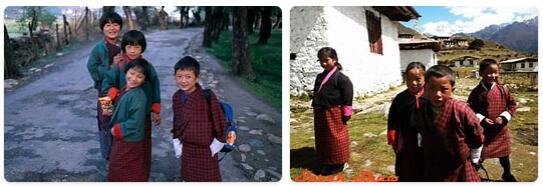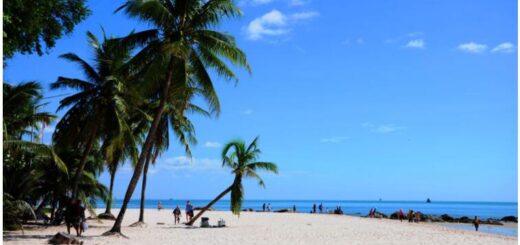Bhutan 2014
Bhutan is incompletely explored and for the most part not yet topographically surveyed. The first Europeans to enter it were the Portuguese Jesuits Cacella and Cabral, in 1627, from Cooch Behar, on the northern borders of Bengal, through one of the many gorges called duar (gates), which rise to the high Bhutanese valleys. Some letters remain of them, containing few details of the journey, including a description of the city of Paro and the valley in which it lies. The fathers also learned the rudiments of the language, and were happy to observe monastic life and to gather information on the country and the people, confirmed by subsequent explorers. After about eight months, they continued from Paro to Shigatse, Tibet.
For over a century and a half there was no news of Bhutan, until the ambitions of conquest of its sovereign Deb Judhur, in 1772 and in the following years, attracted the attention of the Government of India and gave the opportunity to send various missions promoted by Warren Hastings. The first, entrusted to George Bogle and Dr. Hamilton, in 1774, went directly from Cooch Behar to Tashichödzong (Tassisudon) from where, after a few months, by way of Paro and in the Chumbi valley, he went to Shigatse. CR Markham has reconstructed a report of the trip from the notes and correspondence left by Bogle. Dr. Hamilton was again sent to Bhutan in 1776 and 1777; a fourth mission, entrusted by Hastings to cap. Samuel Turner in 1782, redid the voyage of the Bogle to Shigatse, giving it an extensive illustrated report.
The annexation of Assam to the Indian possessions in 1826 gave new opportunities for conflict with Bhutan; in order to send new missions. In 1838, the cap. Pemberton crossed Bhutan almost to the border with Tibet, then headed for Punaka; by Pemberton himself remains a report full of important information. Continuing the Bhutanese raids, in 1864 another embassy was entrusted to Sir Ashley Eden, who crossed the Chumbi valley going as far as Punaka; Major Godwin Austen made the survey of the route traveled, which is the one already followed before by Bogle, Turner and Manning. Some other stretches of western and eastern Bhutan were covered and surveyed in 1887-1888 by two Indian surveyors. But no Englishmen returned to Bhutan until after the 1904 military expedition to Lhasa. In 1905 Claude White reached Tashichödzong from the Chumbi valley by a partly new route; the following year he crossed eastern Bhutan from Assam to Tibet, and his companion, the geologist Guy Pilgrim, collected observations on the structure of this part of the pre-Himalayan area. In 1921 Lord Ronaldshay, governor of Bengal, crossed western Bhutan from north to south; and the following year, FM Bailey repeats the route traveled by White in 1905 up to Paro, then reaching Punaka, Tongsa and Bumtang, from where it passes into Tibet; a group of topographers accompanying him, directed by cap. Meade, reports an accurate detection of the area traveled. The Bailey is the last explorer of Bhutan. then reaching Punaka, Tongsa and Bumtang, from where it passes into Tibet; a group of topographers accompanying him, directed by cap. Meade, reports an accurate detection of the area traveled. The Bailey is the last explorer of Bhutan. then reaching Punaka, Tongsa and Bumtang, from where it passes into Tibet; a group of topographers who accompany him, directed by cap. Meade, reports an accurate detection of the area traveled. The Bailey is the last explorer of Bhutan.
Yearbook 2014
Bhutan. During the year, Bhutan took further steps in its development towards greater economic exchange with the outside world. Among other things, the ban on imports of furniture and alcohol was lifted in January. In the same month, the Asian Development Bank (ADB) opened a branch office in the capital Thimphu as part of its efforts to develop and broaden the Bhutanese economy. Bhutan population in 2020 is estimated at 771,619. The majority of ADB’s support goes to financing infrastructure projects, expansion of water and wastewater pipelines and investments in electricity generation. According to topb2bwebsites, Bhutan has good conditions for extraction of hydropower and the electricity produced is exported mainly to neighboring India.

The close relations between Bhutan and India were strengthened during the year with a series of official visits at the highest level. Among other things, the King of Bhutan and the President of India were on state visits with each other, and in June, Bhutan became the first country to which India’s newly appointed Prime Minister Narendra Modi went on a bilateral state visit.


